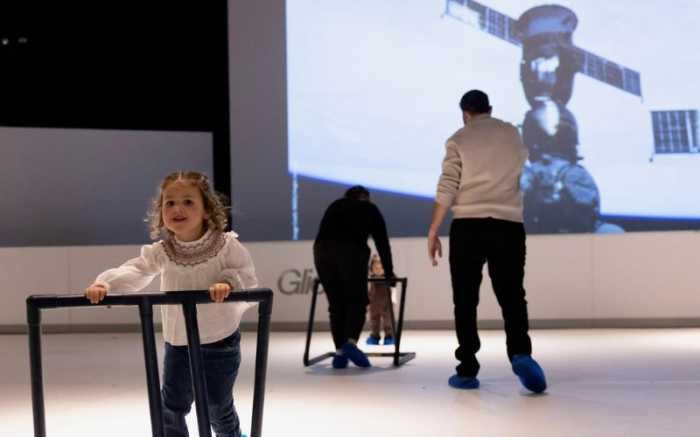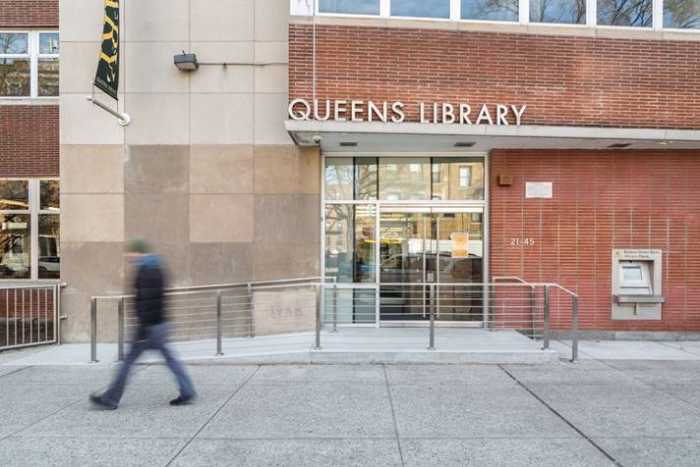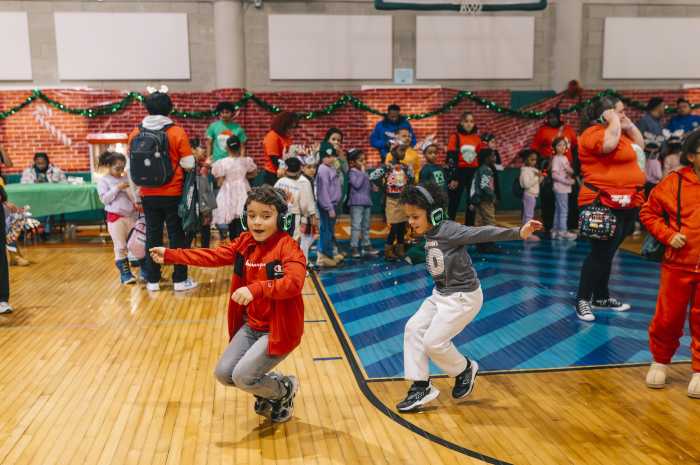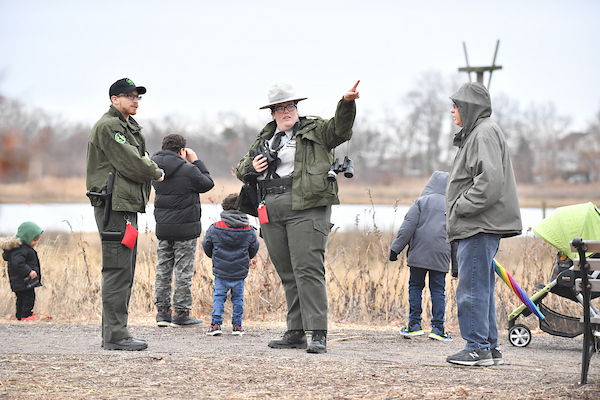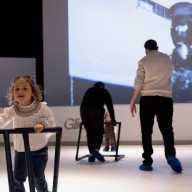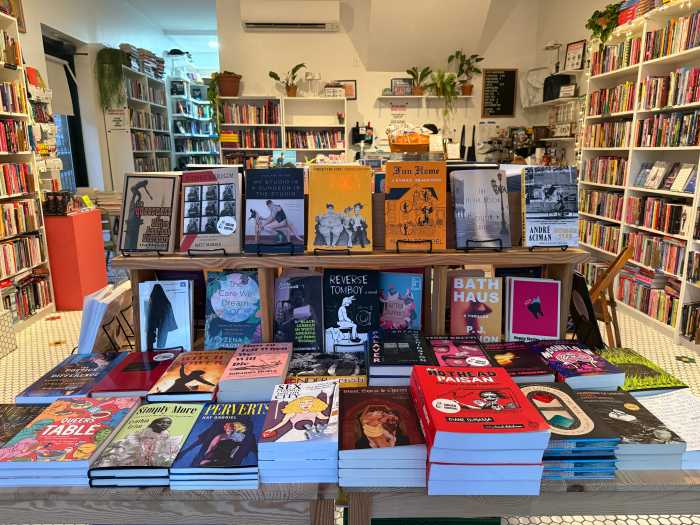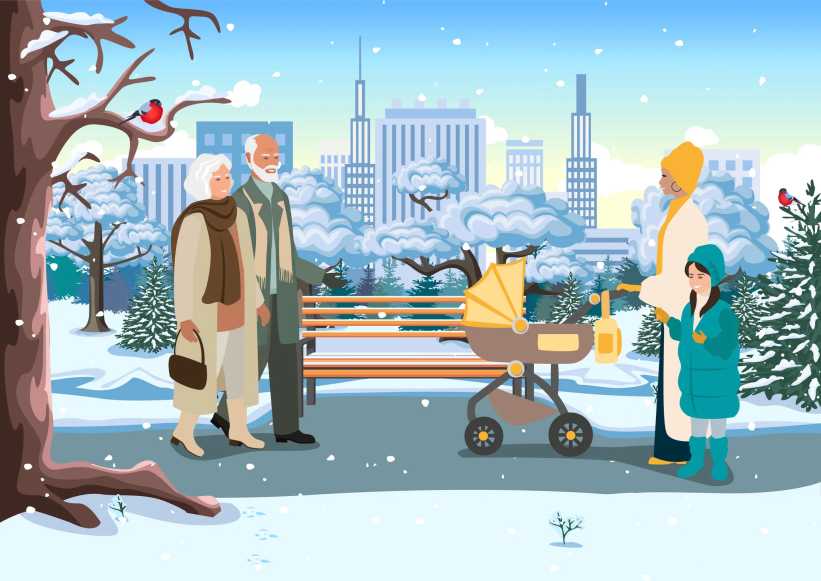While kids may be thinking about the candy they’re going to get on Halloween, there are safety measures that they need to take.
In order to ensure that children stay safe while they’re having their Halloween fun, the American Red Cross in Greater New York is educating the public about what to do.
Jim Parker, their Senior Director of Health & Safety, said that there are many safety precautions that need to be taken since children will be outside in the streets in the dark. He said it is important for children to look both ways before crossing and only cross at the corners. Children should be told not to dart into the street or hide behind parked cars, he said.
Costumes can also help keep kids visible when it’s dark out. Parker said that along with using light reflectors, costumes with light colors should also be used if possible. It is recommended that trick-or-treaters carry flashlights with them.
There are other costume-related factors that can make a difference when it comes to Halloween safety. Parker said that masks that restrict the child’s vision or hearing are not a good idea, and that face painting is preferable.
With masks, Parker said it’s also a good idea to only have one person wear each one. He pointed out that multiple users can spread infections, such as the flu.
Wearing long and flowing costumes can present a danger as well, Parker said. Along with being tripping hazards, they could potentially catch on fire if they get close to open flames from decorations such as a carved pumpkin.
Whether purchasing or making a costume, Parker said that it is a good idea to check for materials that are flame retardant.
When it comes to the actual houses children go trick-or-treating at, Parker said they should only go to houses where they know the people, ones with a house light on and those that are “clearly welcoming.” Children should be advised never to go inside a house and those 12 and under should be accompanied by an adult.
“It’s also a good idea for children and their parents to sit down before they go out and plan out their route,” Parker said.
Parker noted that the safety challenges can be different depending on the setting for the trick-or-treating. In a place like Queens, children should stay on the sidewalks since there is no reason to walk in the roads.
Another Halloween area where Parker said there is the potential for injury involves carving pumpkins. He recommended placing the pumpkins on a stable surface, using a carving tool that is serrated but dull and having the kids draw the face on while the adults do the actual carving.
Once children get home and start to go through their goodie bags, Parker said that anything not manufactured or wrapped should be set aside so parents can determine if it is appropriate or not. Since kids usually want to have some of their treats while they’re still out, Parker said they should only eat those that are in wrappers.
Parker advised parents to monitor the treats being eaten in a given period of time to avoid belly aches, too.
Also, once children are home, face paint should be washed off thoroughly to avoid irritation.
Safety tips from the American Red Cross in Greater New York can be found at www.nyredcross.org.

